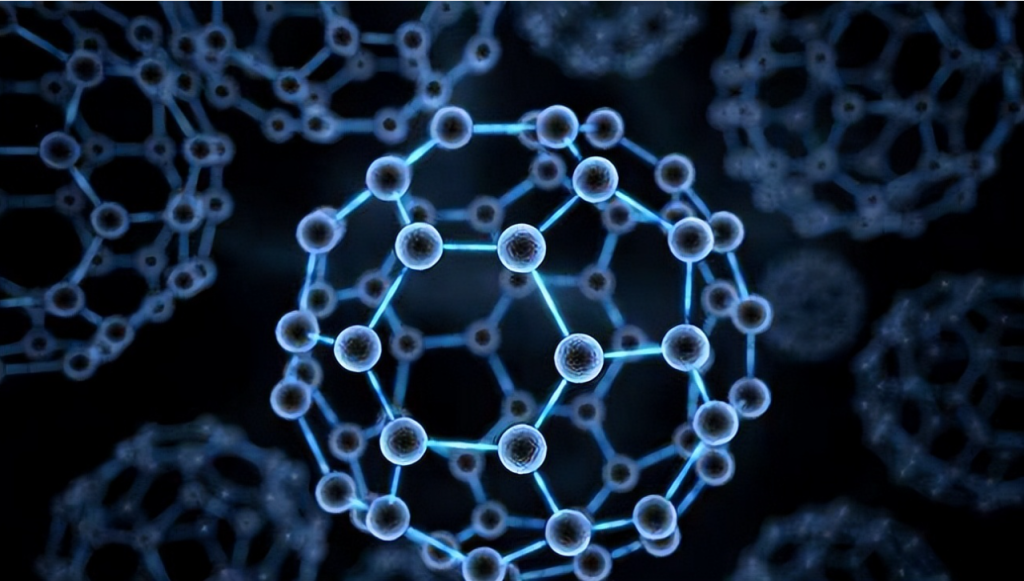10 Best Carbon Materials You Can Pick in 2025
In the ever-evolving world of advanced materials, carbon-based innovations stand out for their versatility and high-performance capabilities. From enhancing batteries to creating lightweight structures, carbon materials are key players across multiple industries, including energy storage, electronics, and aerospace.

This guide presents the 10 best carbon materials of 2025, exploring their unique properties, applications, and advantages. Whether you’re a researcher, an industrial professional, or simply curious about the future of materials science, this list will help you understand the top options in the carbon world.
What Are Carbon Materials?
Carbon materials are substances derived from carbon atoms arranged in various structural configurations. These materials include a wide range of forms, from amorphous carbon to highly organized nanostructures like graphene and carbon nanotubes. Thanks to their outstanding properties, such as high strength, conductivity, and chemical resistance, carbon materials are used in batteries, supercapacitors, filtration systems, composites, and much more.
Key Features of Carbon Materials
- High Electrical Conductivity: Ideal for energy storage and electronic applications.
- Exceptional Thermal Stability: Ensures durability in high-temperature environments.
- Lightweight Yet Strong: Perfect for aerospace and automotive industries.
- Customizable Porosity: For advanced filtration and separation technologies.
- Eco-Friendly Potential: Some bio-based carbon materials are derived from renewable sources.
10 Best Carbon Materials You Can Pick in 2025
#1. Graphene Powder
Key Features:
- Single-layer carbon atoms arranged in a hexagonal lattice.
- Exceptional electrical and thermal conductivity.
- Widely used in sensors, flexible electronics, and composite materials.
Applications:
Graphene powder is revolutionizing sectors like energy storage (as an additive for Li-ion batteries) and structural reinforcement in composites.
#2. Carbon Nanotubes (CNTs)
Key Features:
- Cylindrical structures with nanoscale diameters and extreme mechanical strength.
- Outstanding electrical conductivity and chemical stability.
- Available in single-walled and multi-walled variants.
Applications:
CNTs are used in advanced conductive films, supercapacitors, and even medical devices for drug delivery.
#3. Activated Carbon
Key Features:
- High surface area and customizable porosity.
- Excellent for adsorption and filtration applications.
- Derived from sources like coconut shells and coal.
Applications:
Activated carbon is essential for water purification, air filtration, and chemical recovery processes.
#4. Porous Carbon Materials
Key Features:
- Tailored pore sizes for specific applications.
- High capacity for gas storage, particularly hydrogen and methane.
Applications:
These materials are heavily researched for carbon capture technologies and high-performance supercapacitors.
#5. Carbon Black
Key Features:
- Fine black powder with high surface area.
- Used as a reinforcing agent and conductive filler.
Applications:
Carbon black is widely employed in tires, coatings, and conductive polymers.
#6. Graphite
Key Features:
- Natural and synthetic varieties available.
- Excellent conductivity and high-temperature resistance.
Applications:
Graphite is critical for battery anodes, crucibles, and as a lubricant in industrial applications.
#7. Bio-Based Graphene
Key Features:
- Derived from renewable sources like lignin or cellulose.
- Sustainable and eco-friendly production processes.
Applications:
Bio-based graphene is gaining popularity in green electronics, sustainable composites, and water purification systems.
#8. Glassy Carbon
Key Features:
- Non-porous and highly resistant to corrosion.
- Stronger than traditional carbon materials under specific conditions.
Applications:
Often used in electrochemical applications, glassy carbon is indispensable for sensors and electrodes.
#9. Carbon Aerogels
Key Features:
- Ultra-lightweight with a sponge-like structure.
- Outstanding thermal insulation and absorption properties.
Applications:
Carbon aerogels are utilized in insulation, oil spill recovery, and advanced energy storage systems.
#10. Fullerenes
Key Features:
- Molecules composed of carbon atoms in spherical or tubular shapes.
- Unique properties like high reactivity and superconductivity.
Applications:
Fullerenes find their place in pharmaceuticals, solar cells, and even quantum computing research.
Conclusion
The field of carbon materials is witnessing exponential growth, offering revolutionary solutions to modern challenges. From graphene and CNTs to bio-based options and porous carbons, these materials cater to industries that demand high performance and sustainability.
Whether you’re exploring cutting-edge composites, boosting energy storage, or diving into filtration systems, these 10 materials are leading the way in 2025.

